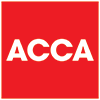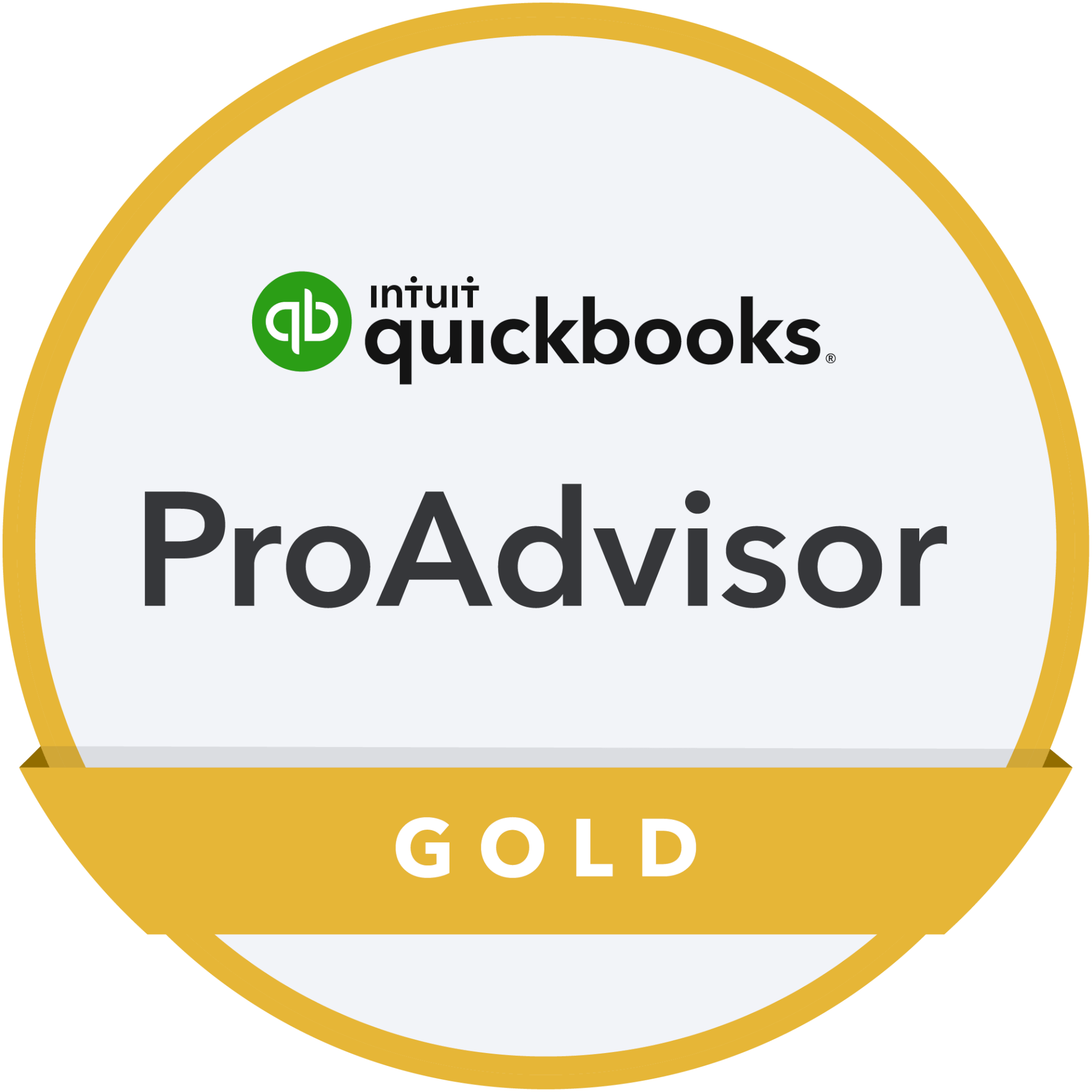How is Property Taxed?
Property Tax depends on how the property is owned. In this post we will look at property that is owned privately. Tax in this case is implemented in two ways:
- On the income it generates.
- On the uplift in its value over time.
In this post we’ll look at how each applies.
1. Income
Income from property is known as ‘rent’, is taxable under the Income Tax rules and reportable on a Self Assessment Tax Return. There are specific rules as to the allowability of certain expenses such as:
- If there are finance costs for the purchase of the residential property, these are only allowable at basic rate tax and if you have income to offset them against in excess of your personal allowance.
- If you rent out a property as ‘furnished’, you can claim an allowance for the wear & tear on white goods (fridges, washing machines etc) at 10% of the rental income.
- If you rent out a property as ‘unfurnished’ but provide white goods to your tenant, you cannot claim for anything related to those white goods.
There are three forms of rental of residential property:
- Furnished Property – this must enable someone to come into the house and live there whilst only bringing their personal effects.
- Unfurnished Property – where the tenant provides their own furniture to enable them to live there, a property will be unfurnished it they tenant only brings say chairs as there were none in the property.
- Furnished Holiday Let – this is a specific type of furnished property used for short stays and there are some quite specific rules.
- The property must be available for 210 days each tax year; this excludes all days you as the owner are staying in the property.
- If the property is let for more than 155 days, the property is not a Furnished Holiday Let.
- The property must be let commercially as a Furnished Holiday Let for more than 105 days in the year.
- Furnished Holiday Lets are taxed in a different way and the earnings count towards earnings for pension purposes. You can claim capital allowances on plant and machinery used in the property (white goods etc) and you can claim some capital gains tax reliefs when you sell.
2. Uplift in Value
Unless the property is your Principal Private Residence you are charged Capital Gains Tax on the uplift in value between your purchase and the sale of the property.
Capital Gains Tax is charged on residential property depending on your unused personal allowances. The calculations allow for the cost of any improvements you have made to the property to be included in the allowable cost.
If you have previously lived in the property there are some reliefs available:
- The gain is split proportionally between the time you occupied the property (as long as it wasn’t a second home) and the period it was let, and it is only the rental period that is liable for tax. The last nine months of ownership are included as if they were part of the period you occupied the property.
- If you lived in the property at the same time as your tenants you can also claim a lettings relief which could be as much as £40,000.
Property tax can be worrying, simply because of the numbers involved!
It’s important to be sure before you make any key decisions that you’re clear on the Property Tax implications they may have. If you’re unsure, please get in touch; we’d much rather have a hypothetical conversation that looks at all of the options, than have to break the news of a large tax bill because an opportunity was missed!
Business News
We send regular updates that keep clients aware of changes and suggestions on a wide range of subjects; if you’d like to receive those too, just add your details below and we’ll do the rest! We promise not to bombard you and you can unsubscribe at any time.


